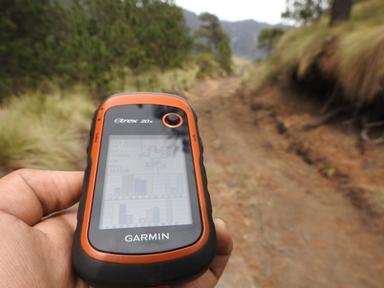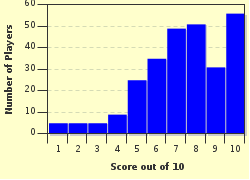Quiz Answer Key and Fun Facts
1. First things first, let's decide on a location to place the cache. Geocachers enjoy visiting places of interest during their searches, but some sites are off-limits for caching. Of the following, which site would be the most suitable for a hide?
2. You've discovered a beautiful area that is ideal for geocaching, but someone else found it first and a cache has already been hidden there. If you place your cache within 200 ft. (61 m) of the existing one, will it be accepted?
3. Next, you'll need to choose a cache container. If the area you have chosen is within sight of "muggles" and your hide needs to be surreptitious, a discreet micro may be your best option. If your site is more out-of-the-way, you may opt for a larger cache. Either way, what is the most important factor to consider when choosing a container?
4. You now need to prepare your geocache for placement. Regardless of the container's size, it is essential that any traditional-style cache contains what item?
5. If you've chosen a larger cache size, you can stock your container up with goodies and trade items (called "swag") for the finders. The items in which of these lists would make the most acceptable set of swag for a cache?
6. Now that your cache is all ready to go, it's time to go on-site and find a hiding place. Of the following hides, which one is NOT acceptable?
7. If your cache requires any special tools to find or retrieve, you should note this when you prepare your cache listing online. What is one tool that must never be required when geocaching?
8. The option is given on the cache listing page to assign several "attributes" to your hide. What type of information do these attributes, each represented by a small picture, reveal about your hide?
9. Congratulations, your cache listing has been accepted! The volunteer who looked over your cache listing and published it goes by what title?
10. Now that you are the proud owner of a geocache, the obligation to maintain it is yours as well. What is NOT included in typical cache maintenance?
Source: Author
darthrevan89
This quiz was reviewed by FunTrivia editor
Leau before going online.
Any errors found in FunTrivia content are routinely corrected through our feedback system.

